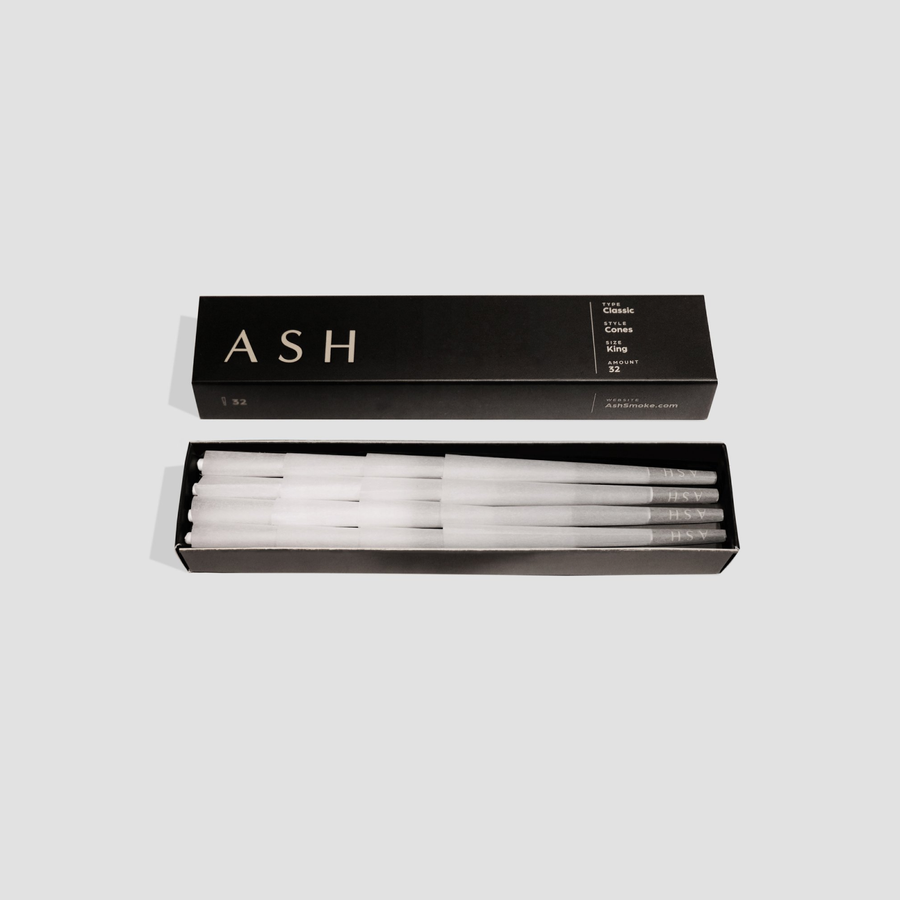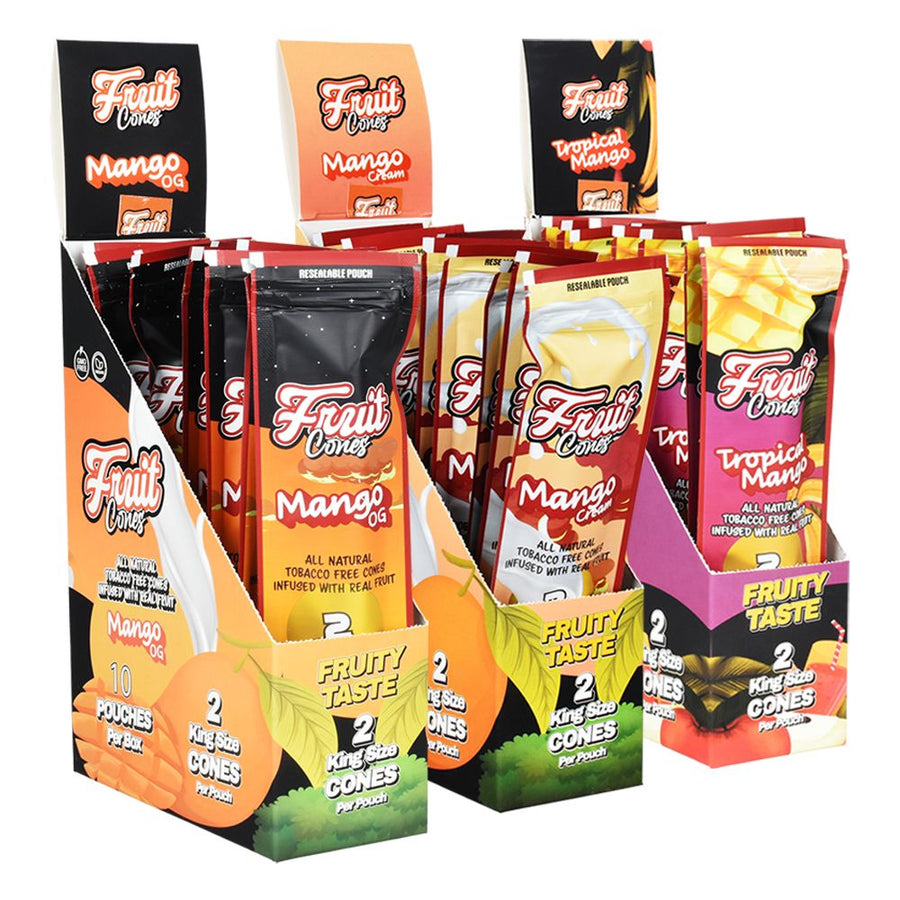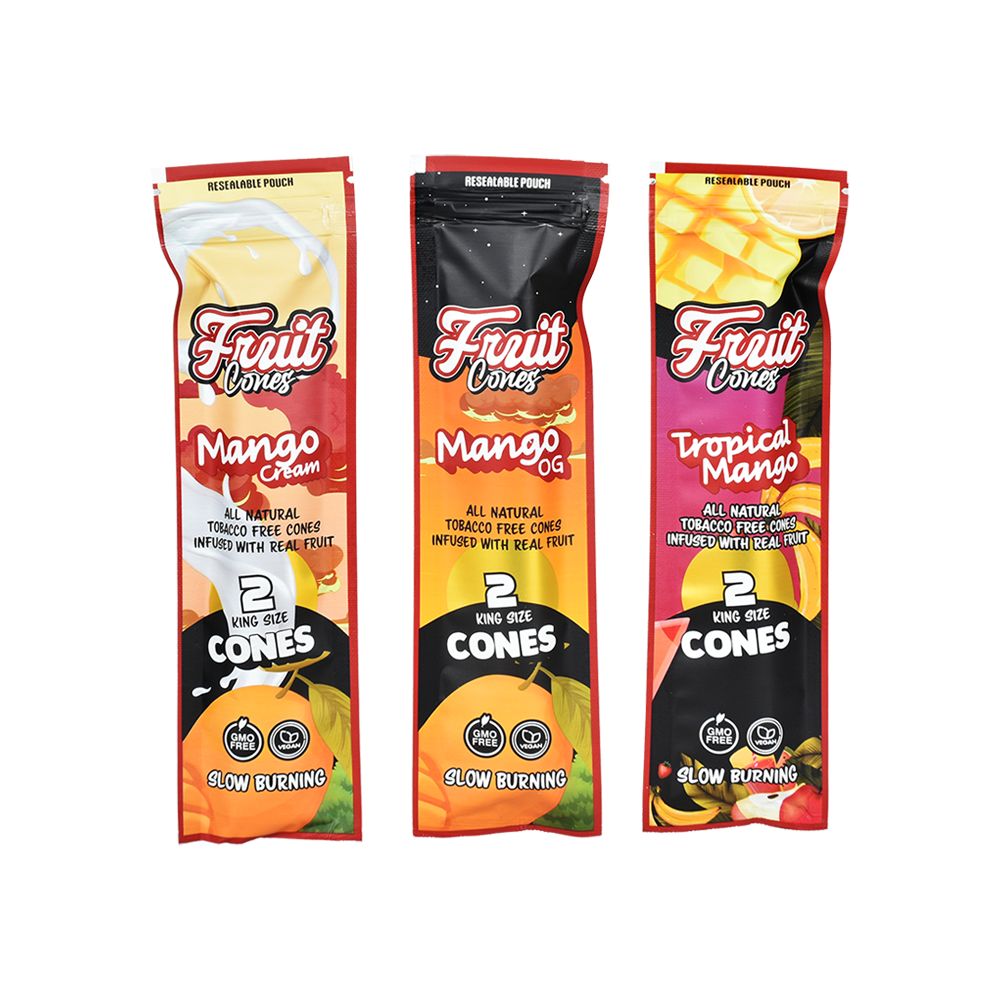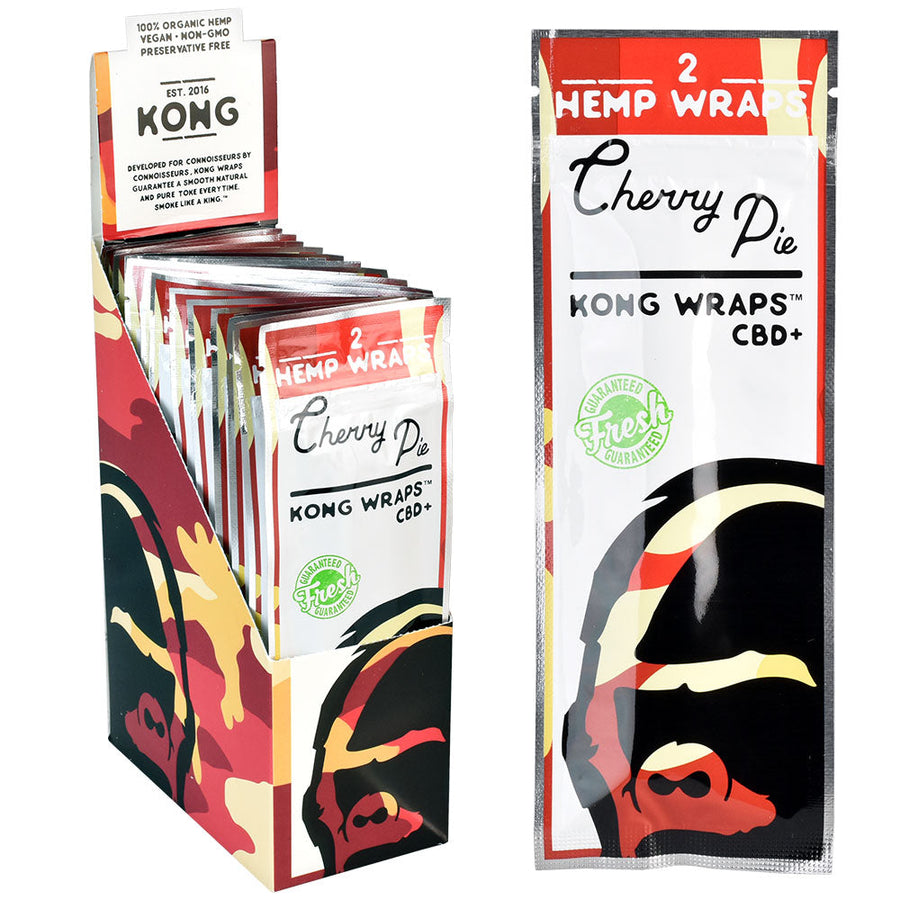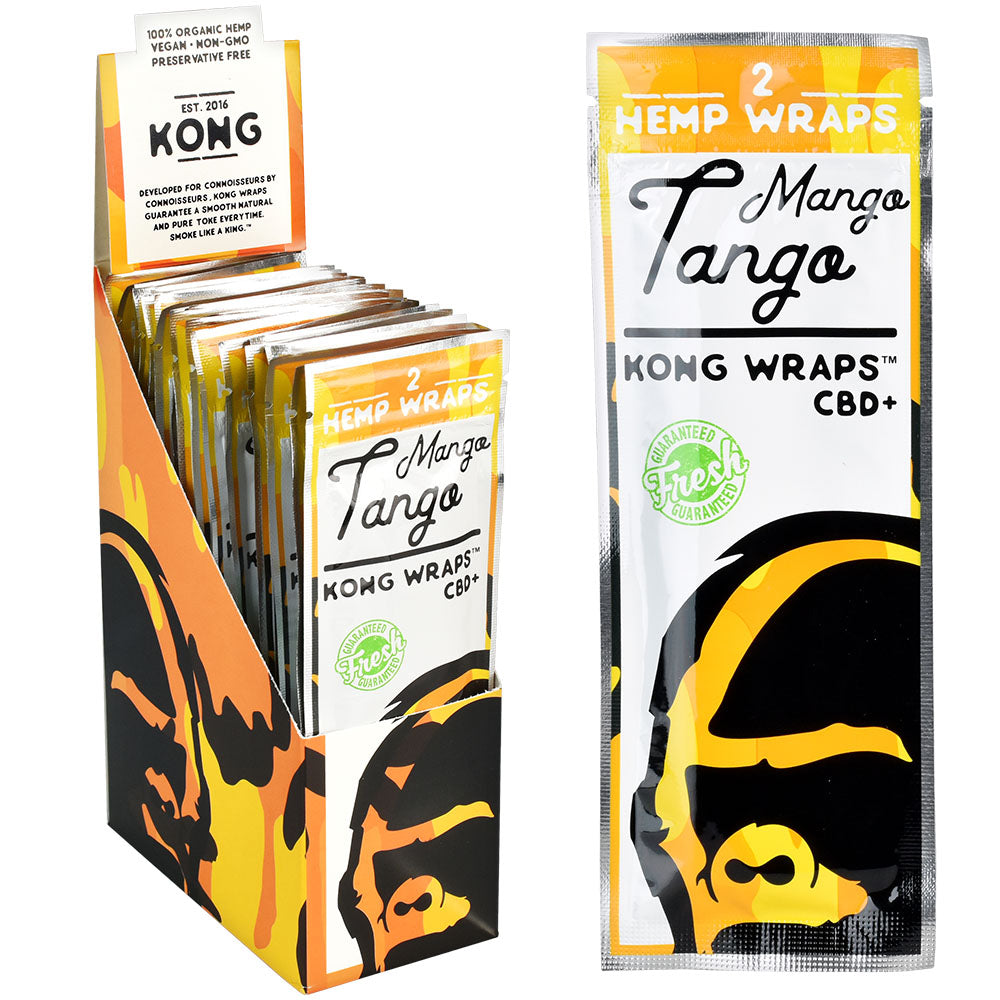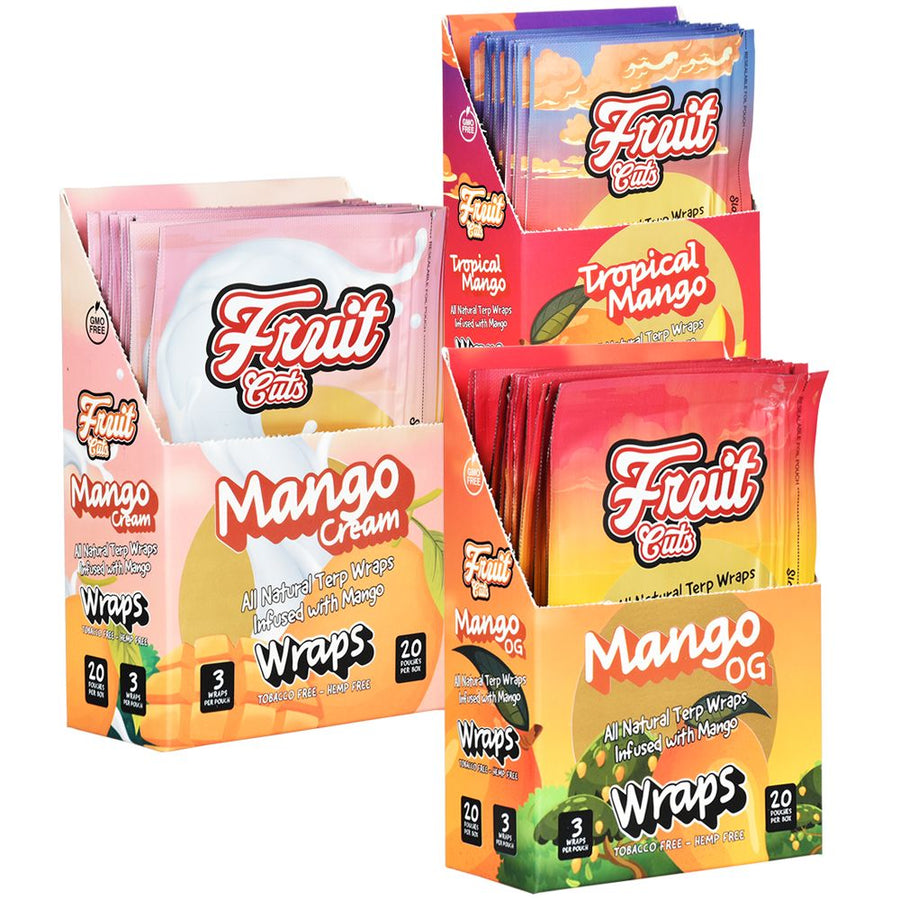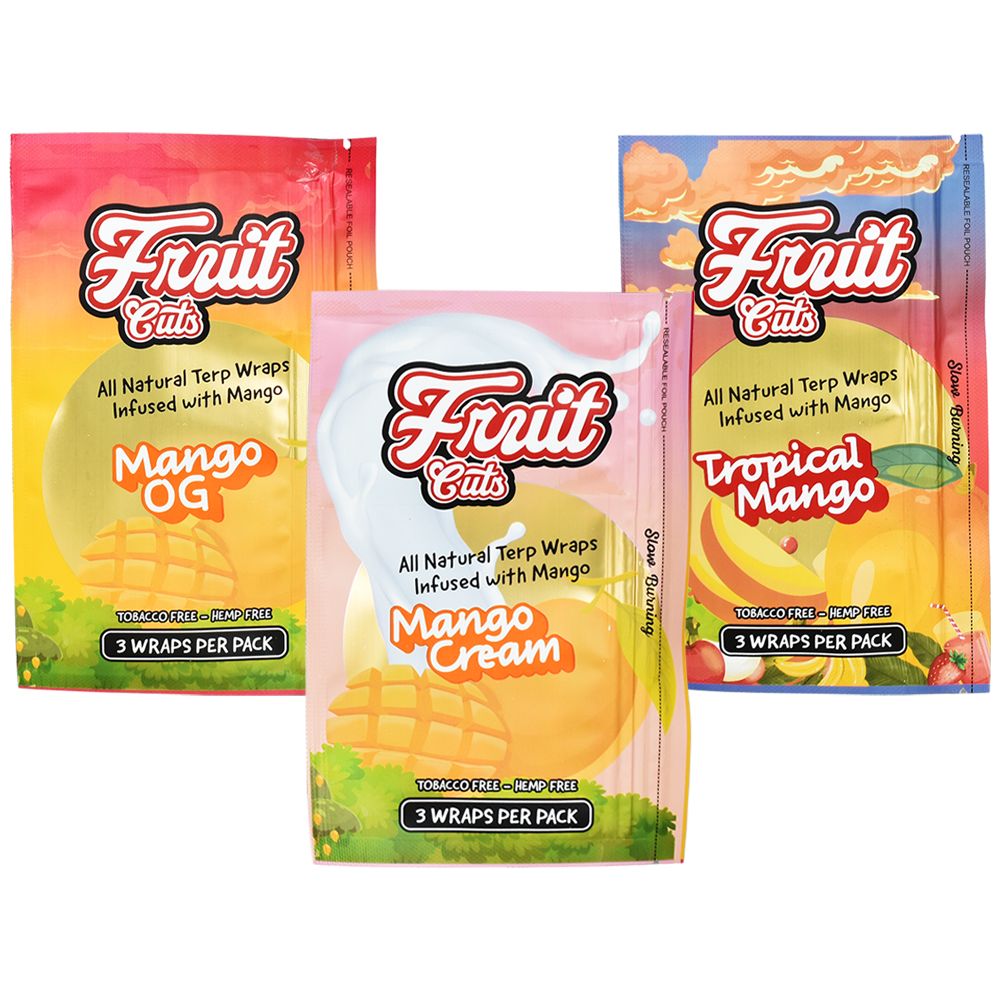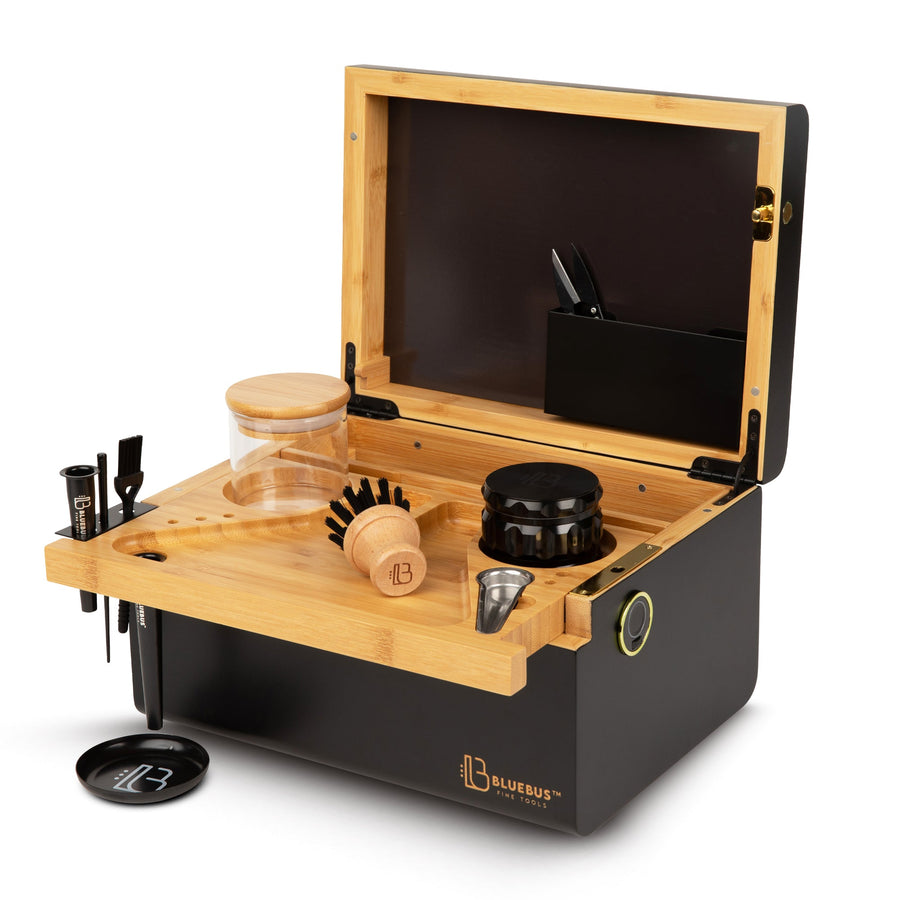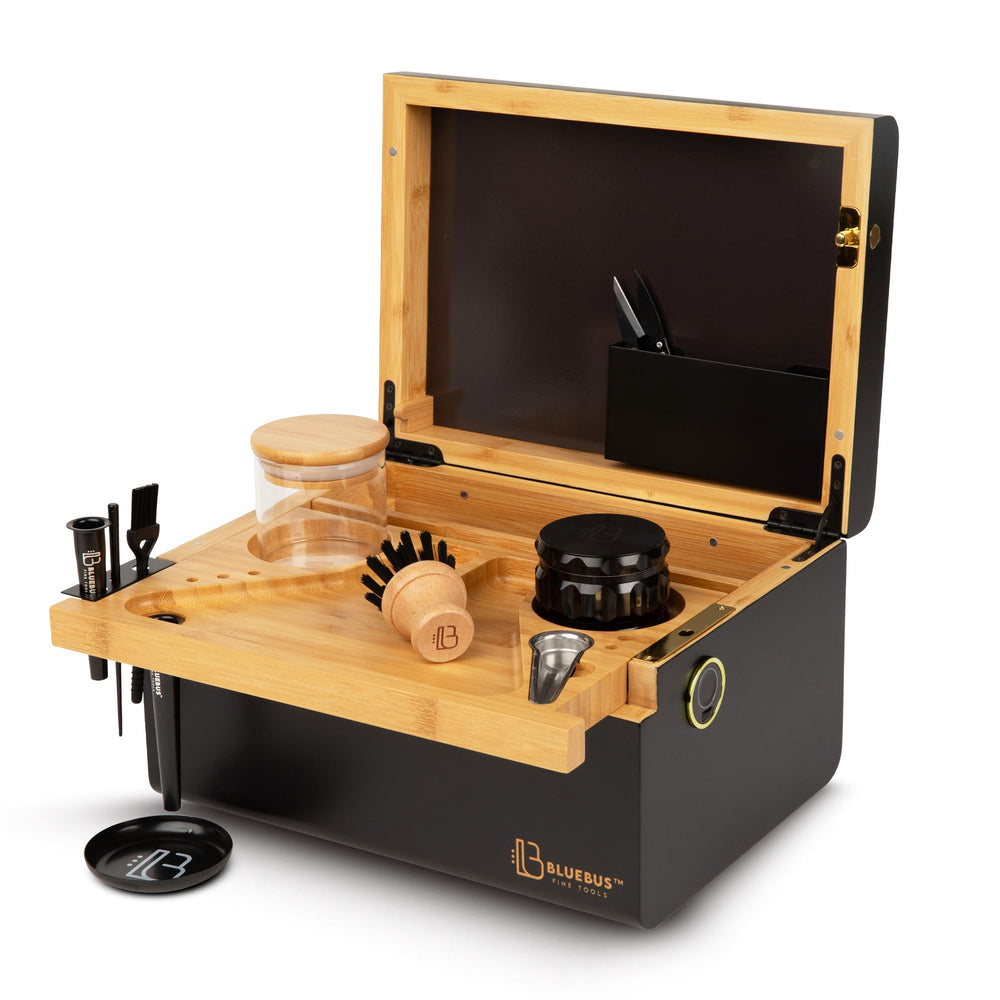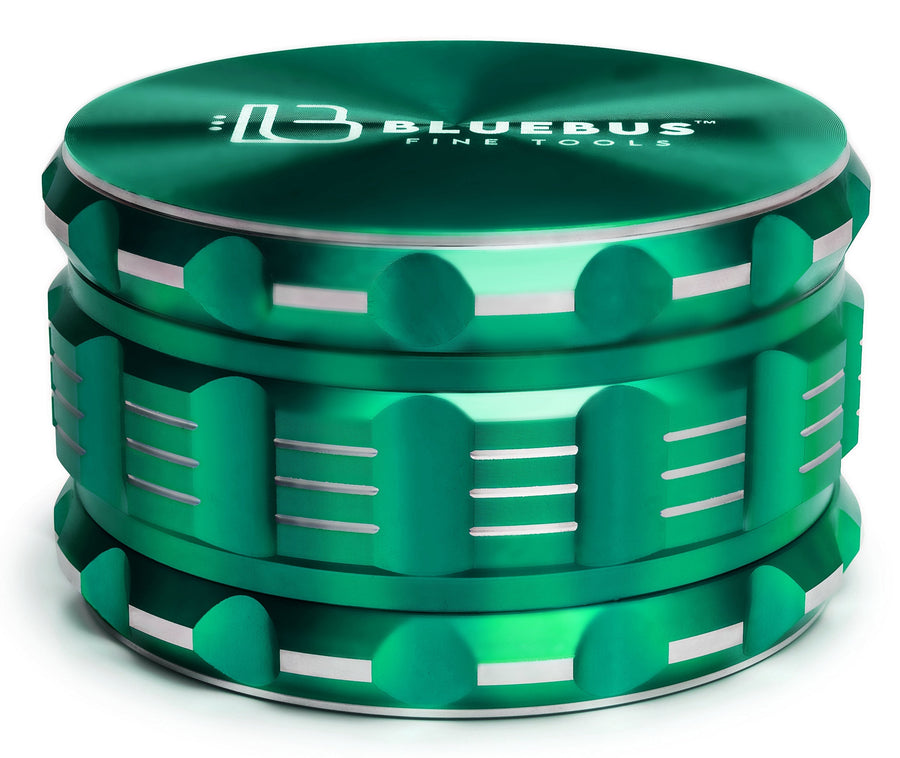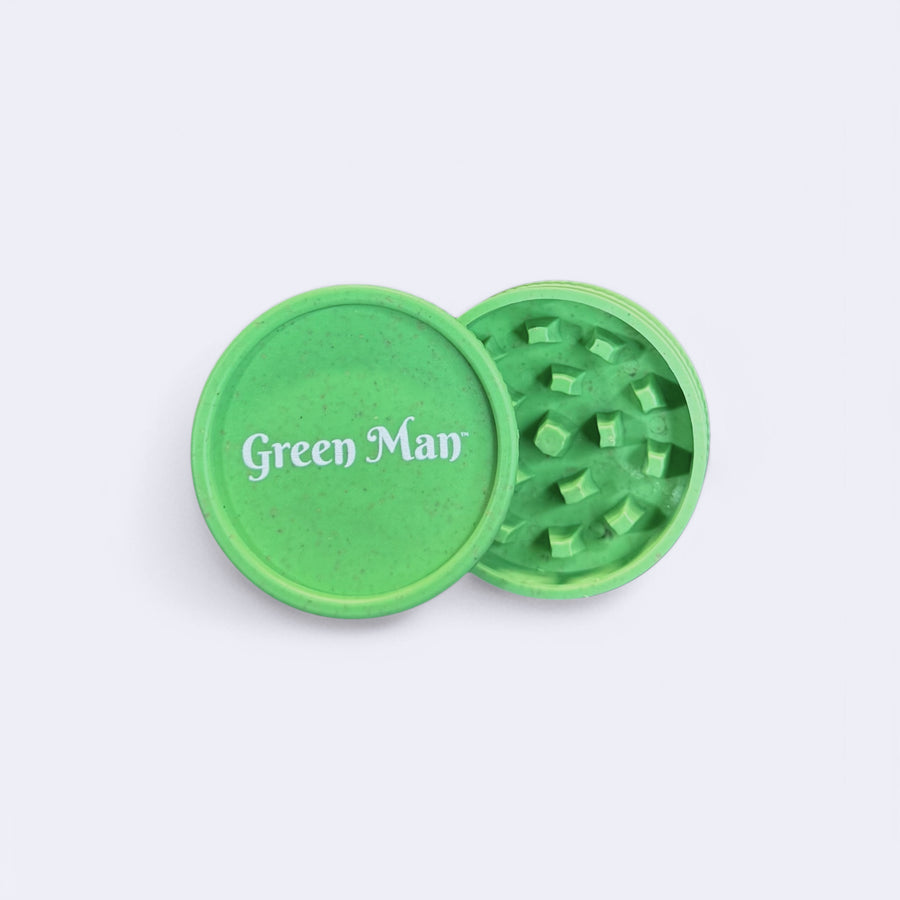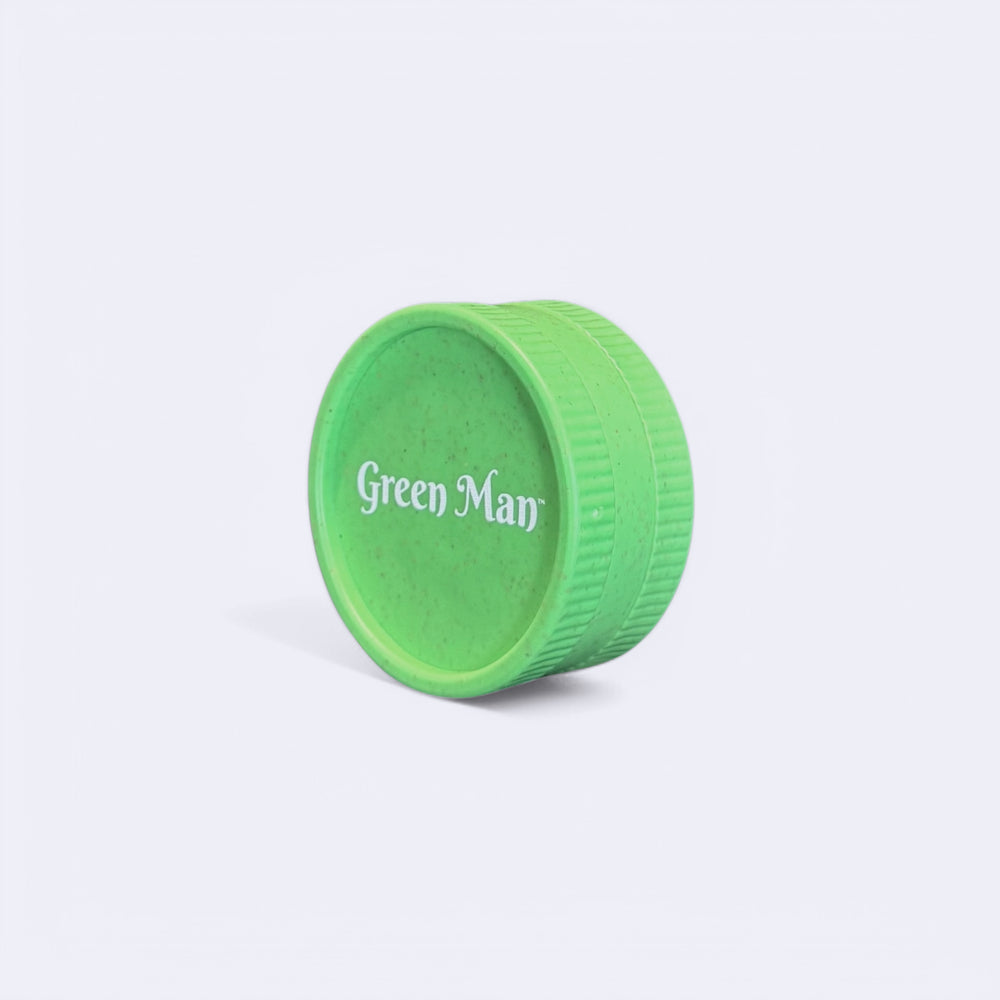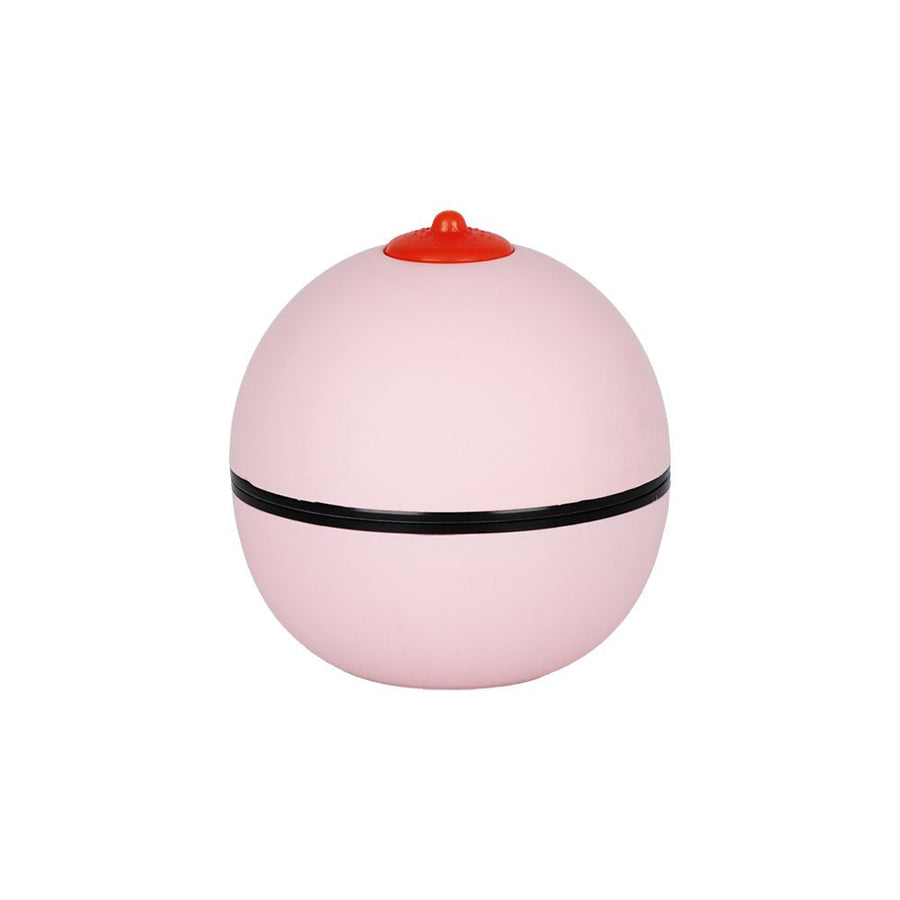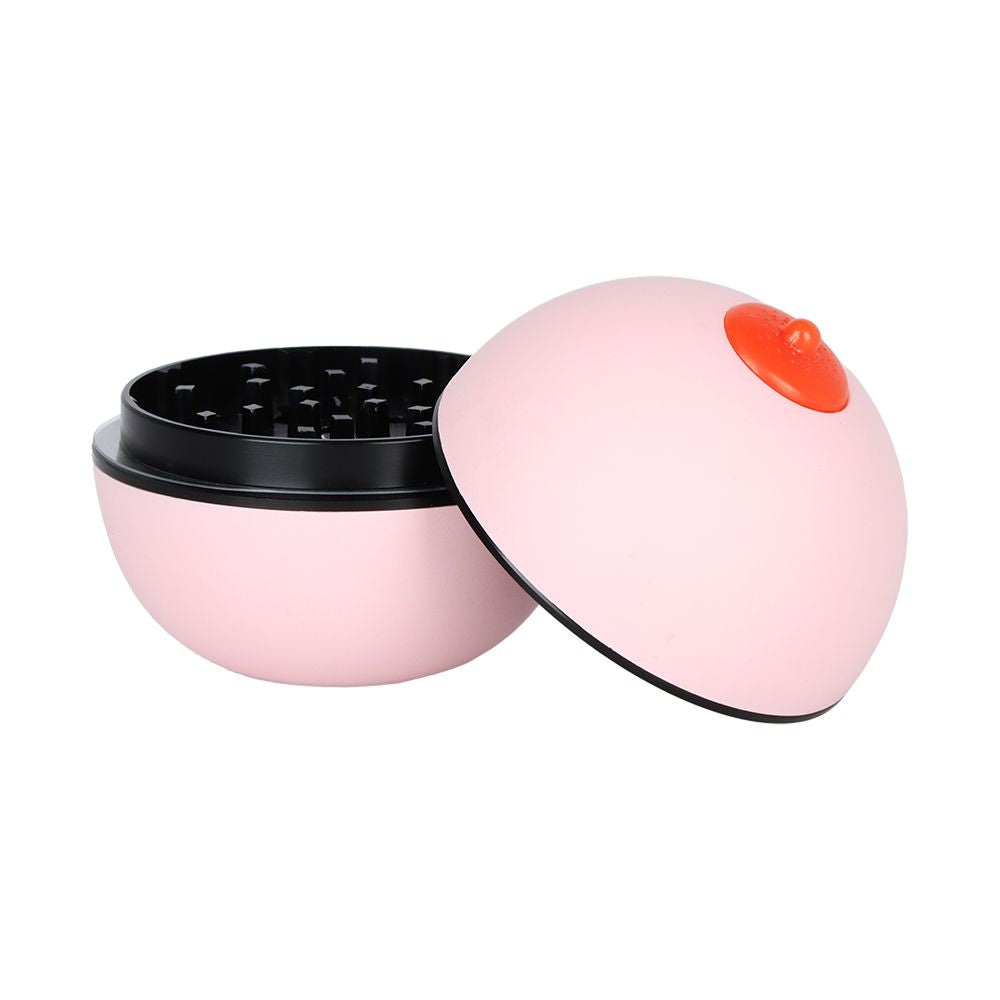Blunt vs Joint: Understanding the Key Differences

Choosing between smoking a blunt or a joint can be tricky. You might wonder which offers the best high or how they differ in taste and effects. Here's something to consider: blunts are rolled with tobacco leaf wrappers, while joints use rolling paper.
This article will break down the differences between these two popular methods of enjoying cannabis.
We'll explore what sets blunts apart from joints, from the materials used for rolling them to their unique effects on your smoking experience. Whether you're looking to share with friends or enjoy alone, understanding these key differences can help you make an informed choice on how to indulge in your next session.
Keep reading to find out more!
Key Takeaways
- Blunts are rolled with tobacco leaf wraps, adding a unique flavor and nicotine buzz to the smoking experience, while joints use rolling papers that can be made from materials like hemp or rice for a purer cannabis taste.
- The presence of tobacco in blunts creates a mellow high and allows for slower burning, making sessions longer. In contrast, joints offer a more direct and potentially less intense cannabis effect since they lack tobacco.
- Different tools such as grinders and packing instruments play essential roles in preparing both blunts and joints, ensuring an even burn and smooth smoking experience by grinding the cannabis to a finer consistency.
- Rolling techniques vary between blunts and joints: blunts require removing tobacco from cigar wraps or using specialized blunt wraps before filling with weed; meanwhile, joints involve evenly distributing ground marijuana on rolling paper followed by careful sealing.
- When deciding between smoking a joint or blunt, it's crucial to consider factors like potency levels—where blunts may provide stronger effects due to added tobacco—and personal preferences regarding taste, health concerns related to inhaling tobacco smoke versus seeking a pure weed experience.
Definition and Preparation of Joints and Blunts

Joints and blunts are prepared using rolling papers or wraps made from various materials such as hemp, rice, or tobacco leaves. The process involves grinding marijuana buds and skillfully rolling them into the wrap to create a joint or blunt.
Materials used

Blunts and joints serve as popular methods for smoking cannabis, each requiring specific materials for their preparation. The choice between a blunt or a joint affects the flavor, burn rate, and overall smoking experience.
Blunt wraps are essential for rolling blunts. These are made from tobacco leaves, contributing to the unique flavor and nicotine buzz that accompanies the cannabis high. This combination attracts smokers looking for a distinct experience.
Rolling papers are used to make joints. They come in various materials like hemp, rice, or flax and vary in thickness and size. Their lightweight nature allows for a purer taste of marijuana without the interference of tobacco flavors.
Filters or crutches can be added to both blunts and joints. These serve dual purposes: they keep plant material out of the smoker's mouth and ensure steady airflow through the roll.
Grinders are often used before rolling blunts or joints to break down cannabis buds into a finer consistency. This step ensures an even burn and smoother inhalation process.
Lastly, a packing tool might be employed to evenly distribute marijuana within the wrap or paper. Some users improvise with small sticks or pens, while others use specialized tools designed for this purpose.
Selecting between blunt wraps and rolling papers essentially comes down to personal preference on taste, burn time, and desired effects. Tools like grinders and packing instruments enhance the preparation process, contributing to an enjoyable smoking session tailored to individual tastes.
Rolling techniques
Rolling techniques for joints and blunts involve different methods to achieve the desired smoking experience. Here are some key insights into the rolling techniques for joints and blunts:
- Rolling a Joint:
- Grind the weed finely.
- Spread the ground weed evenly along the rolling paper.
- Roll the paper between your fingers, tucking in the edges as you go.
- Lick and seal the joint to ensure it holds together during smoking.
- Rolling a Blunt:
- Split open a cigar or use a blunt wrap.
- Empty out the tobacco from the cigar or blunt wrap, replacing it with ground marijuana.
- Roll and pack the blunt tightly by folding one edge over the other.
- Seal the blunt by running a damp finger along its length to secure it.
These rolling techniques determine how the cannabis is smoked and experienced, making them essential skills for weed smokers to master.
Differences in Ingredients and Effects

Blunts and joints differ in ingredients and effects. Joints typically contain only marijuana, whereas blunts include tobacco as well. This results in varying potency and a different smoking experience.
Tobacco presence

Blunts are made by rolling weed in a tobacco-based paper, while joints are rolled using only rolling paper. The presence of tobacco in blunts gives a different smoking experience compared to joints, as it adds to the overall high and taste.
Blunt wraps offer a slower burn and mellow hits due to the inclusion of tobacco, creating a unique sensation for smokers. On the other hand, joints provide purer cannabis flavor and effects because they contain no added tobacco.
Understanding the impact of tobacco presence in blunts versus its absence in joints can help weed smokers choose the smoking method that best fits their preferences.
Potency

Blunts have a higher potency due to the tobacco wrap used, which adds an extra kick to the high. The tobacco in blunts amplifies the effects of cannabis, providing a stronger hit than joints.
On the other hand, joints offer a purer and more controlled experience with a lower potency level compared to blunts.
Understanding these differences can help you choose the smoking method that best suits your preferences based on their respective potencies. Now, let's delve into how these choices affect flavor profiles and experiences.
Pros and Cons of Joints and Blunts

Here's a look at the advantages and disadvantages of choosing between joints and blunts, tailored specifically for weed smokers. This guide aims to simplify your smoking experience by providing a clear comparison.
| Joints | Blunts |
|---|---|
|
Pros: - Pure cannabis taste - Various sizes available - Lighter and quicker smoking experience - Less intense high
|
Pros: - Mellow, enhanced high from tobacco - Slower burn for longer sessions - Thicker wraps for durability - Unique blend of cannabis and tobacco flavors
|
|
Cons: - Burns faster, may waste weed - Can be harsher on the throat for some - High depends on weed quality alone
|
Cons: - Tobacco presence not suitable for all - Higher health risks due to tobacco - Can overpower cannabis taste for some - Requires more weed, potentially more costly
|
This table offers a straightforward comparison for those pondering whether to light up a joint or a blunt. Each method has its unique set of benefits and drawbacks, tailored to your personal preferences and smoking style.
Conclusion

Understanding the differences between blunts and joints can help weed smokers choose the smoking method that best suits their preferences. Blunts, wrapped in tobacco-based paper, offer a different high than joints due to the presence of tobacco.
On the other hand, joints provide a purer cannabis taste and experience as they are made solely from weed. The choice between blunts and joints ultimately depends on individual preferences and desired effects.
FAQs
1. What is the main difference between a blunt and a joint?
The main difference lies in their wrapping; blunts are rolled with tobacco leaves, giving them a distinct flavor and making them thicker, while joints are wrapped in lighter, translucent papers.
2. Does either a blunt or joint contain more THC?
Typically, both can contain similar levels of THC, which is the drug responsible for most of marijuana's psychological effects. However, the potency can vary based on how they're made and what type of cannabis is used.
3. Are blunts or joints considered legal?
The legality depends on local laws regarding marijuana use. In places where cannabis has been legalized for medical or recreational use, both blunts and joints might be legally consumed by adults.
4. Can using blunts or joints lead to addiction?
Yes, like any substance containing THC, there's a risk of developing an addiction whether you smoke blunts or joints. It’s important to consider this along with other health implications if choosing to use these products.


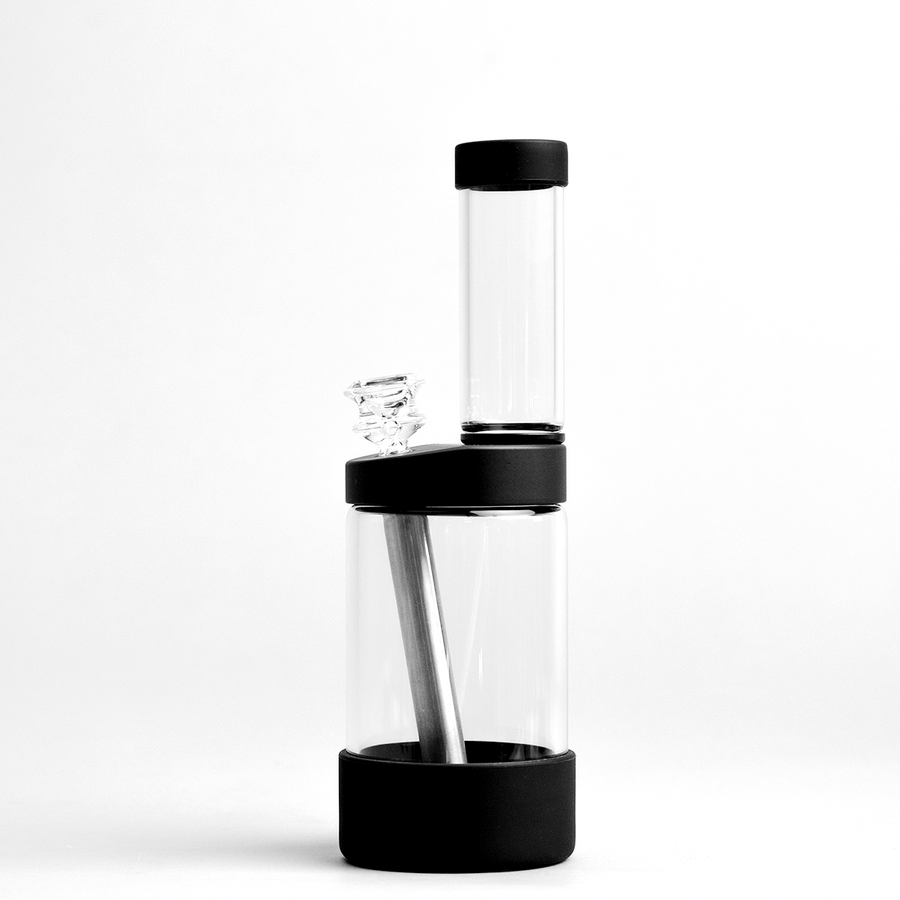



![Pipe by Vessel [Gunmetal] - Headshop.com](http://www.headshop.com/cdn/shop/files/Pipe_Gunmetal_Angle.jpg?v=1744306453&width=900)
![Pipe by Vessel [Gunmetal] - Headshop.com](http://www.headshop.com/cdn/shop/files/Pipe_Gunmetal_Closed.jpg?v=1744306456&width=1000)

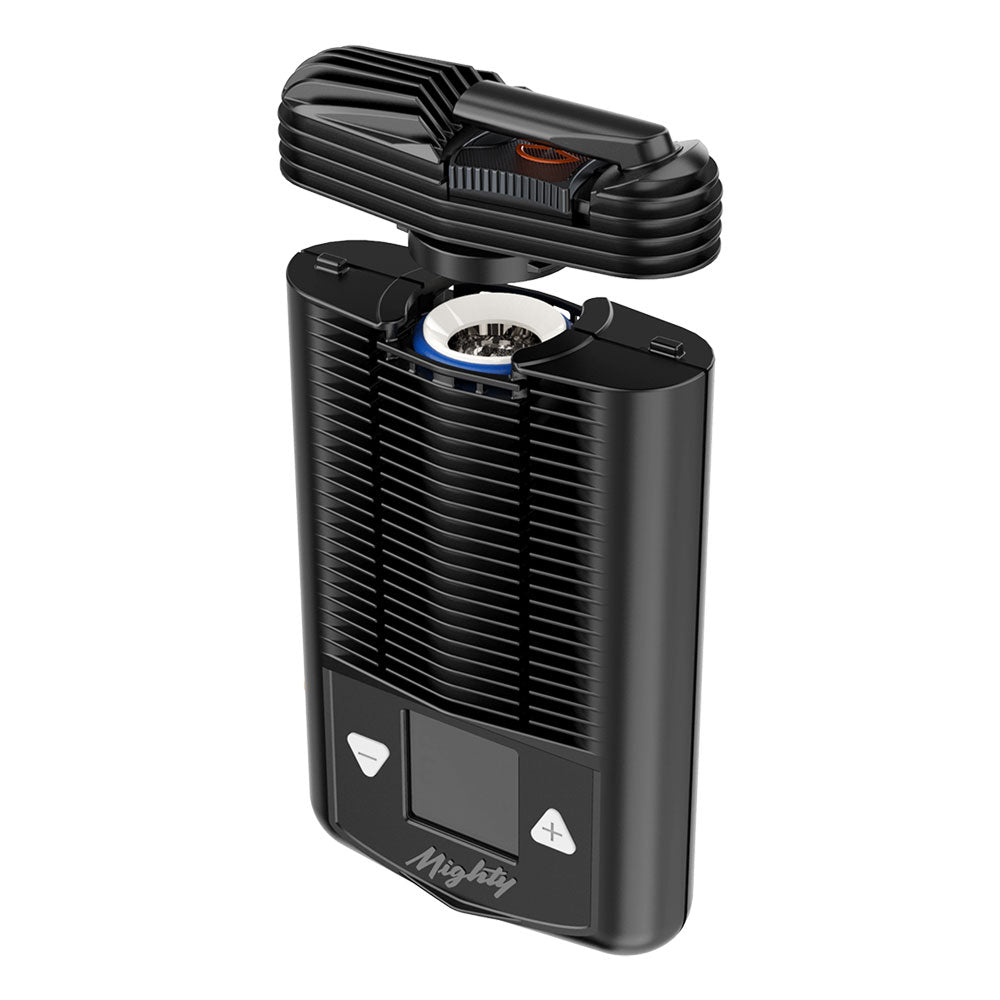


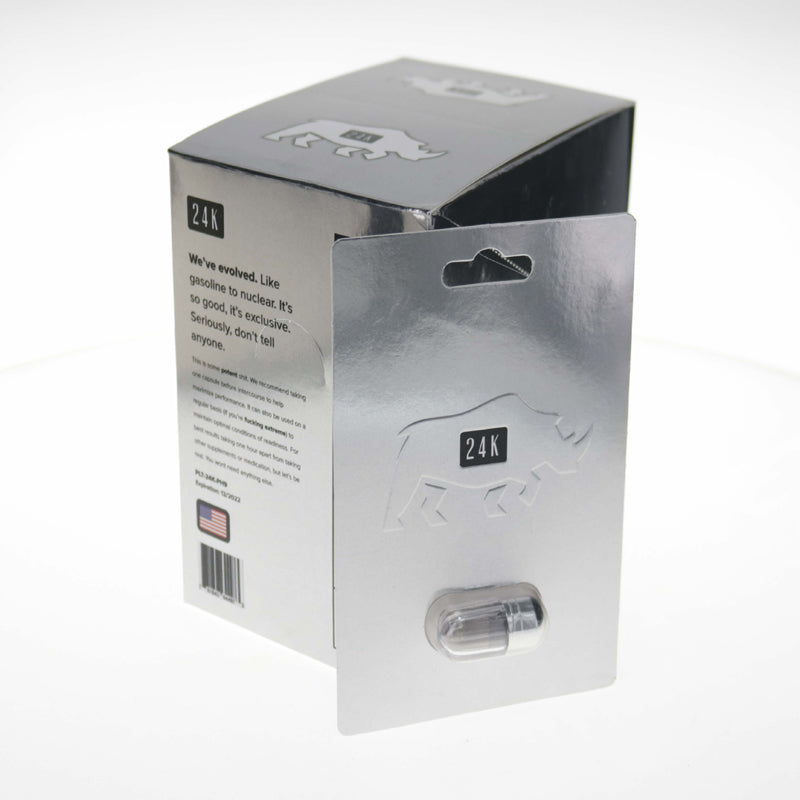
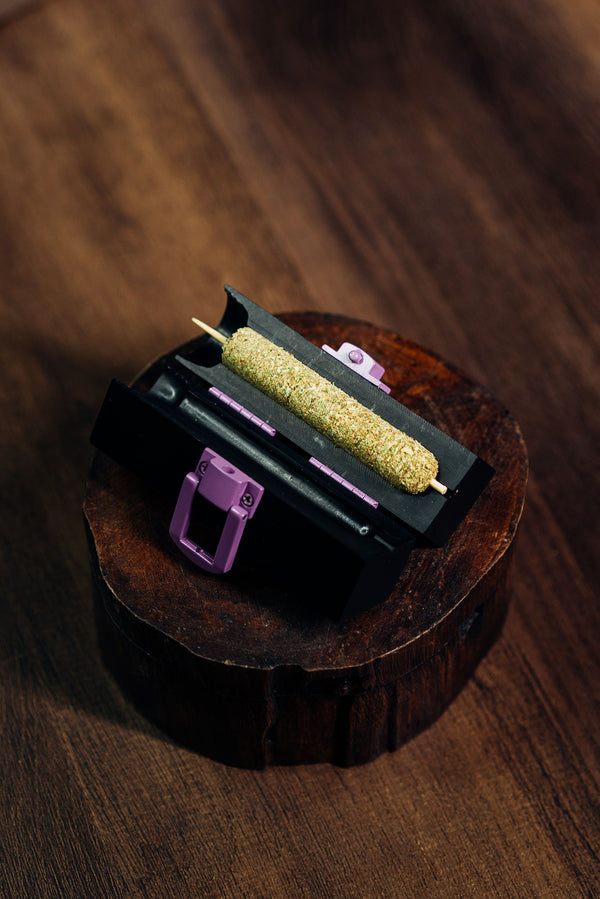
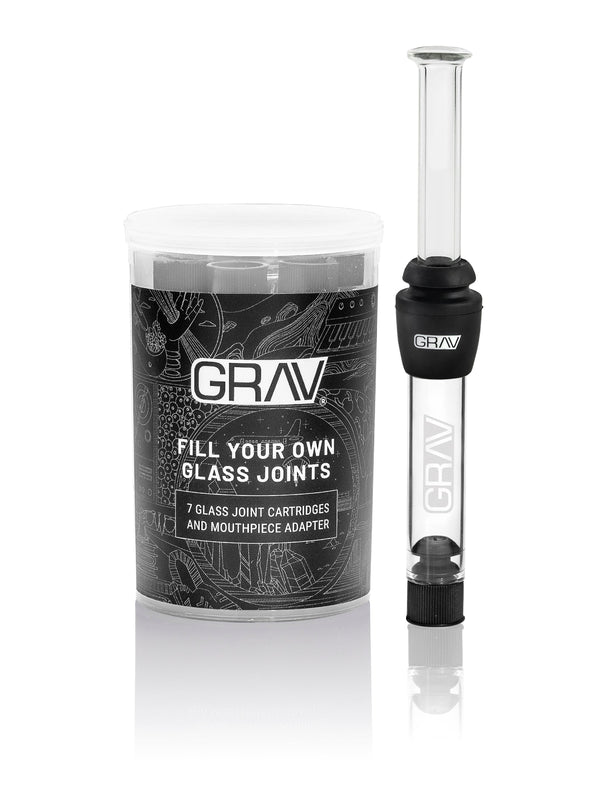
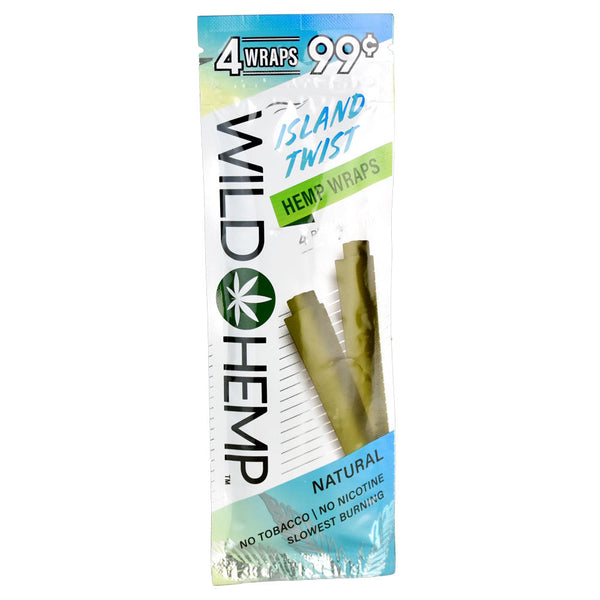
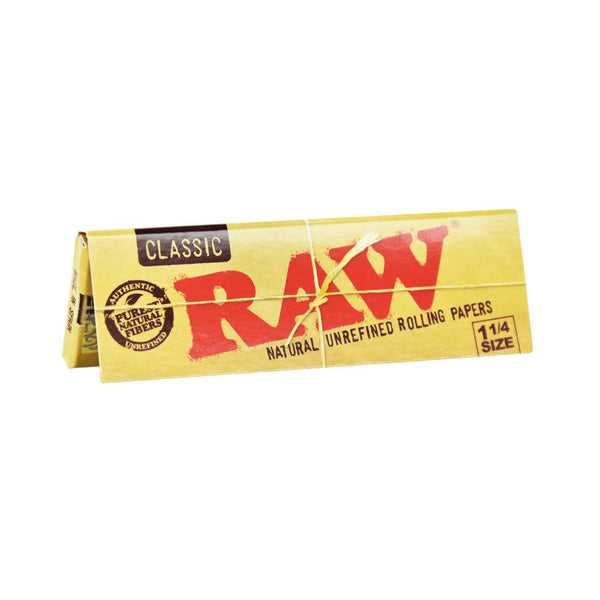
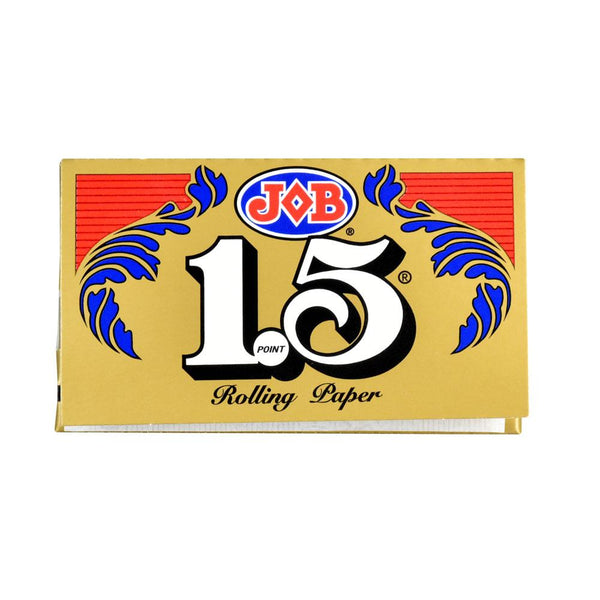

![Vessel Ash [Black] Ultimate Ashtray and Storage - Headshop.com](http://www.headshop.com/cdn/shop/files/96564644-3a7c-45a0-beee-502ebff25cd9.jpg?v=1744308327&width=900)
![Vessel Ash [Black] Ultimate Ashtray and Storage - Headshop.com](http://www.headshop.com/cdn/shop/files/70b136a5-4745-4c98-8247-e6b2350637ae.jpg?v=1744308327&width=1000)
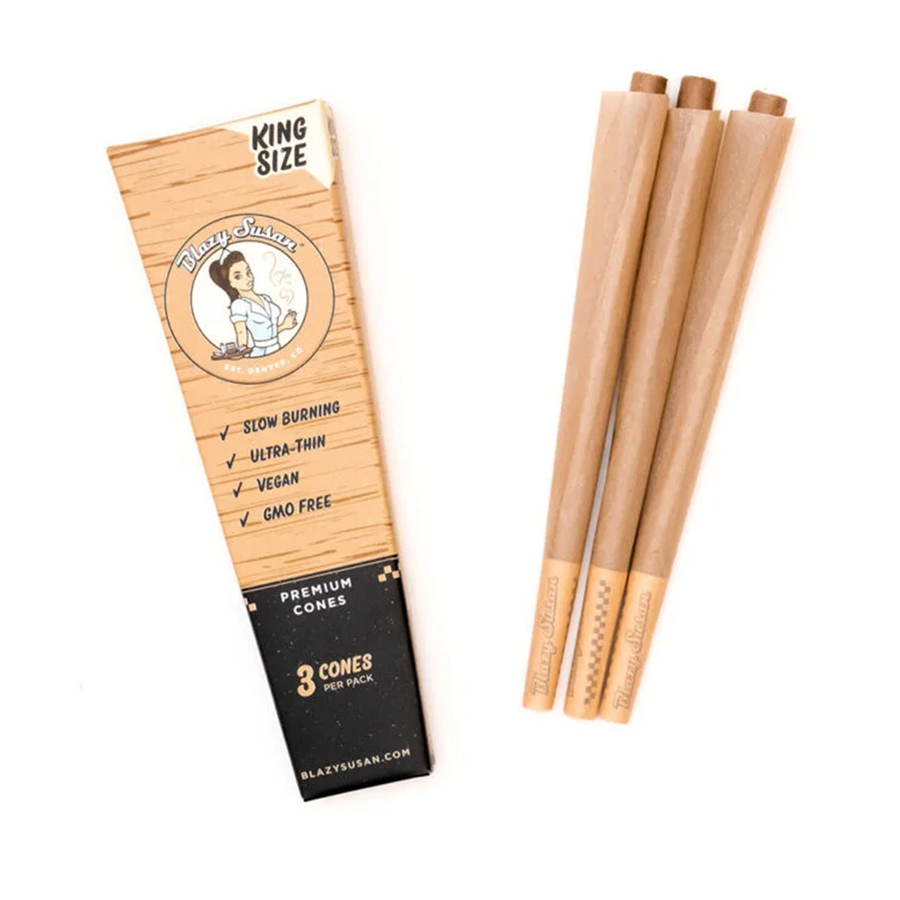
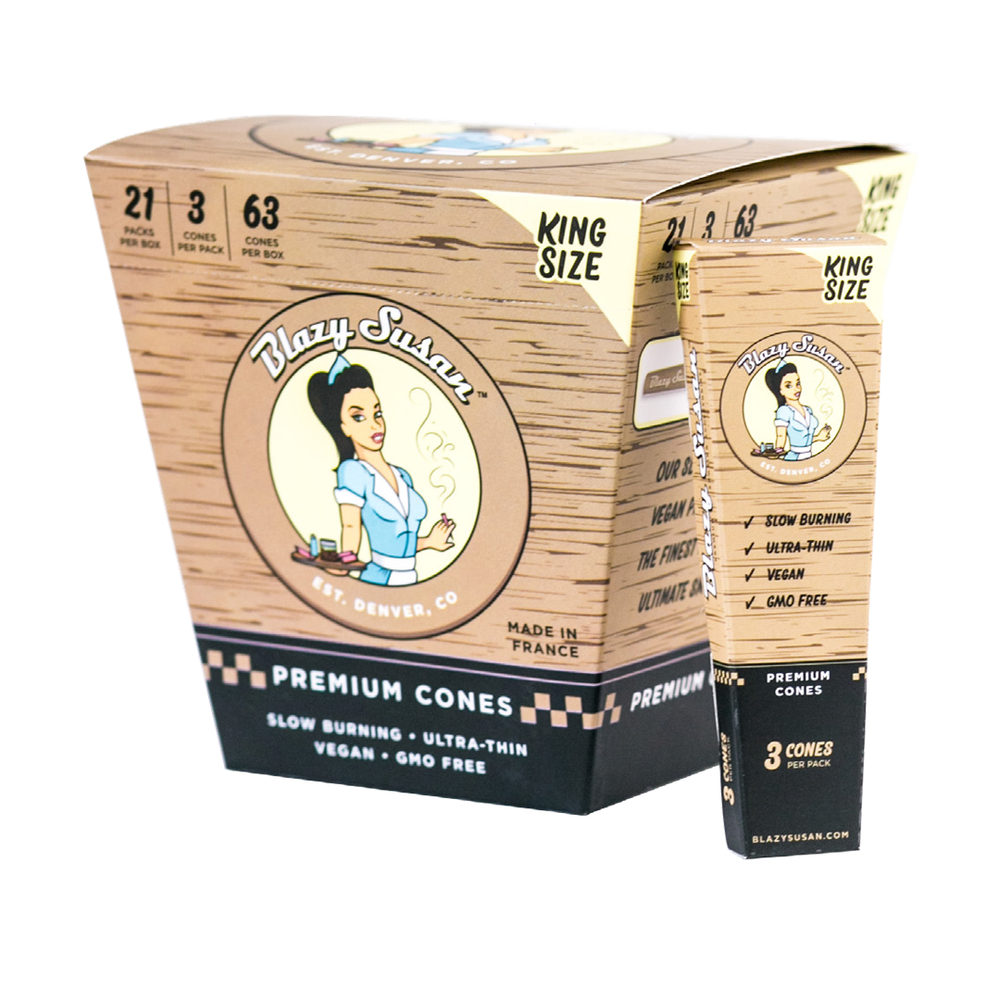
![Vessel - Mill [Beechwood] - Headshop.com](http://www.headshop.com/cdn/shop/files/MILL_GUNMETAL_BEECH_COLLAPSED_FRONT_800.jpg?v=1744308513&width=900)
![Vessel - Mill [Beechwood] - Headshop.com](http://www.headshop.com/cdn/shop/files/MILL_GUNMETAL_BEECH_EXPLODED_FRONT_SHADOW_800.jpg?v=1744308513&width=1000)
![Vessel - Ember [Concrete] Astray - Headshop.com](http://www.headshop.com/cdn/shop/files/20220106_EMBER_CONCRETE.jpg?v=1744309874&width=900)
![Vessel - Ember [Concrete] Astray - Headshop.com](http://www.headshop.com/cdn/shop/files/20220106_EMBER_CONCRETE_WITH_AIR.jpg?v=1744309874&width=1000)
